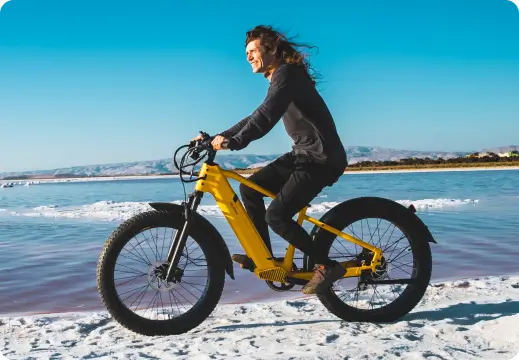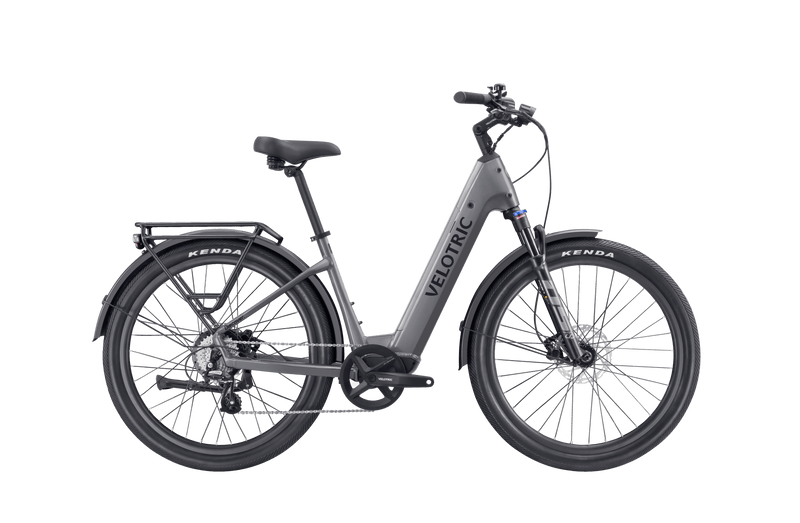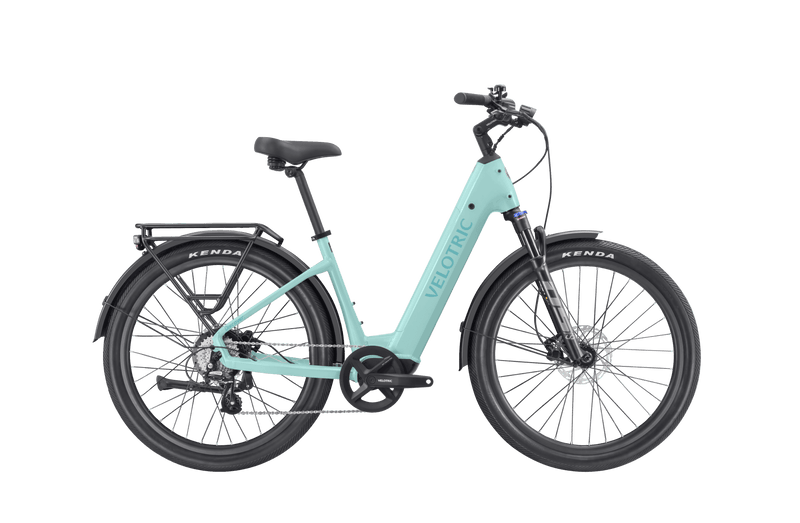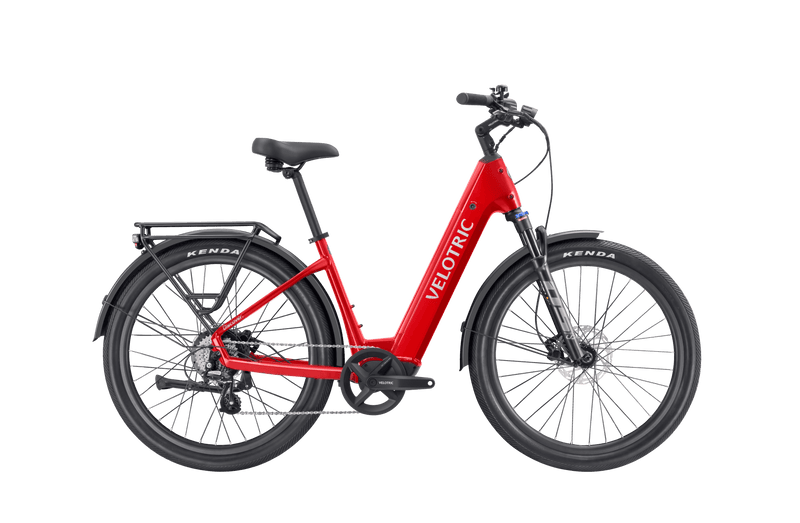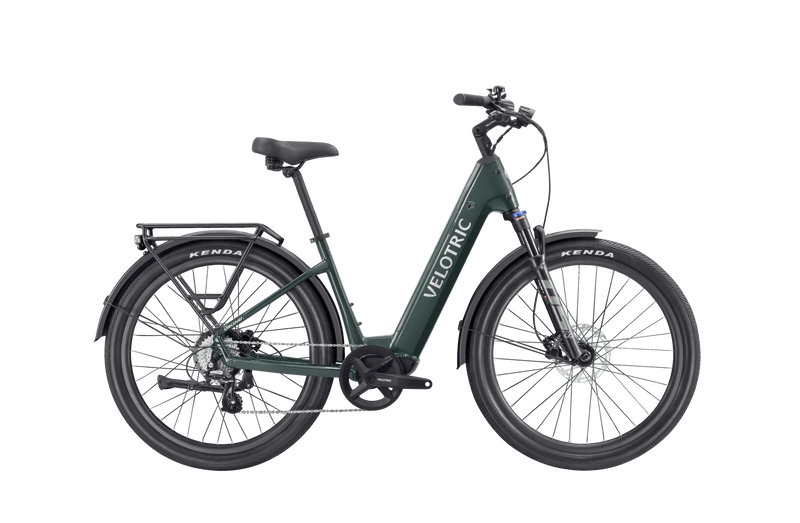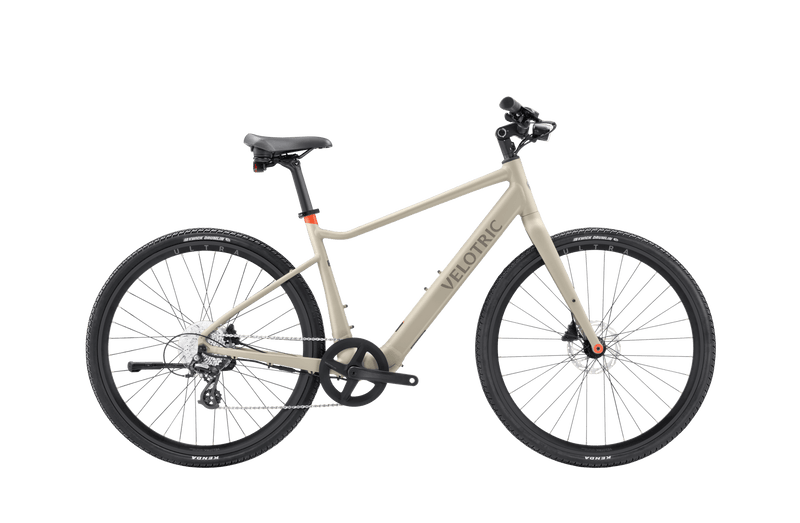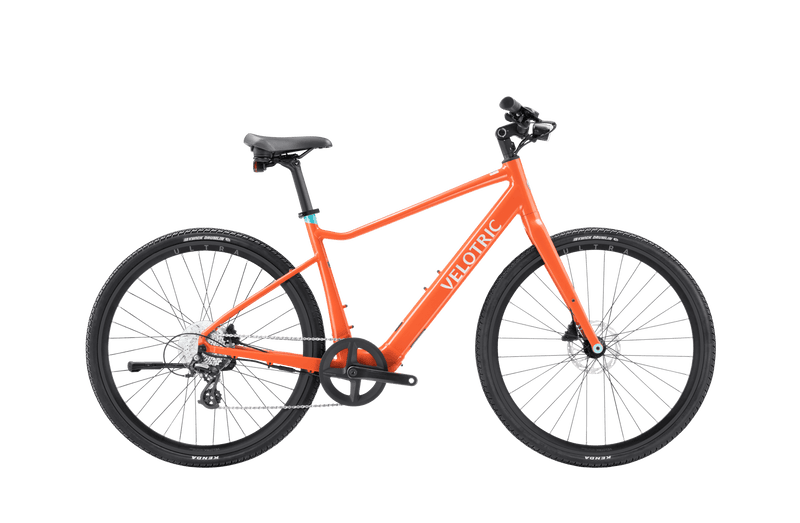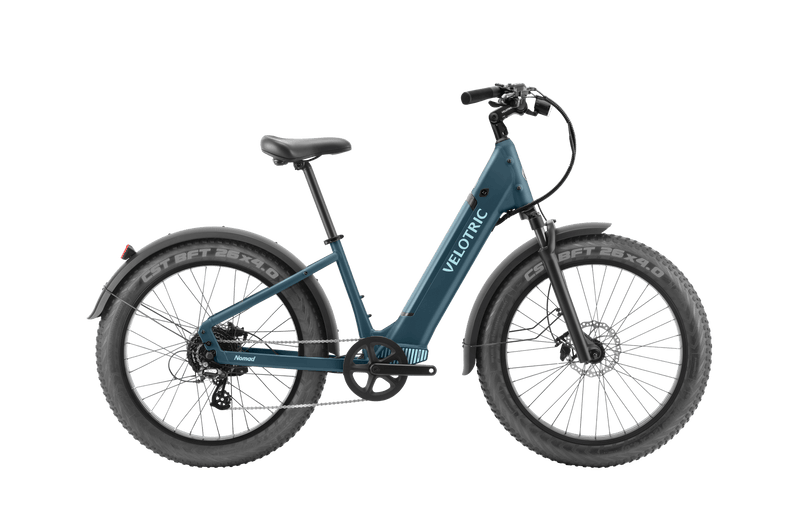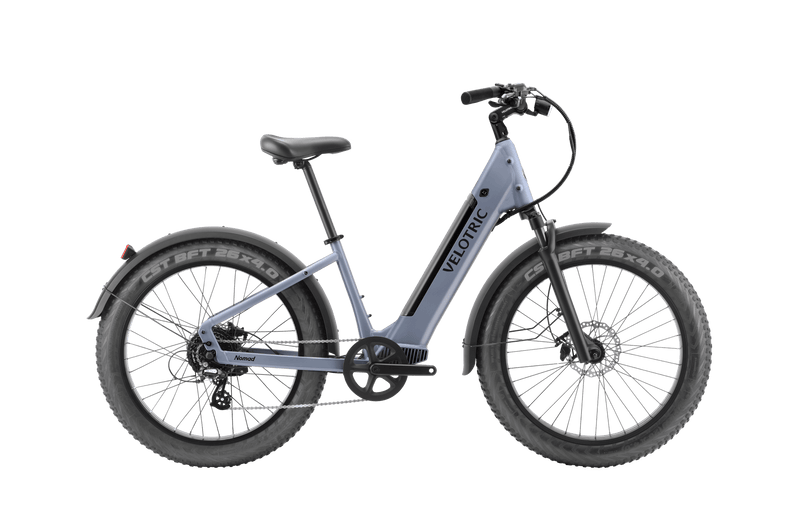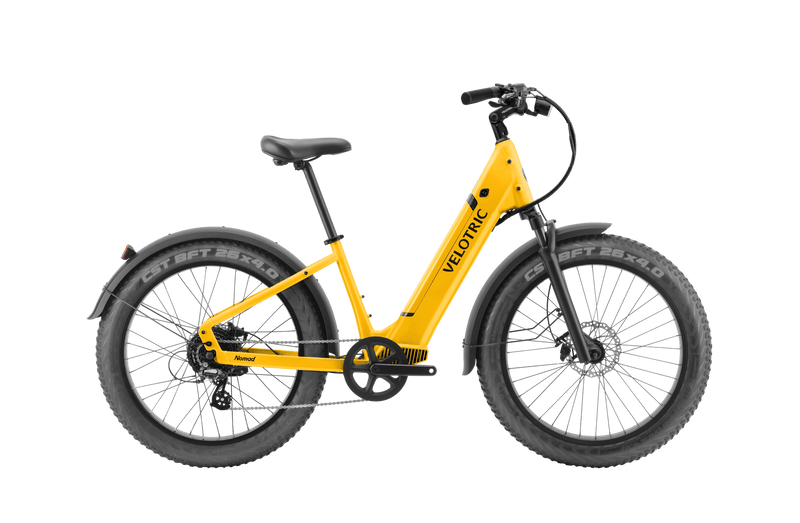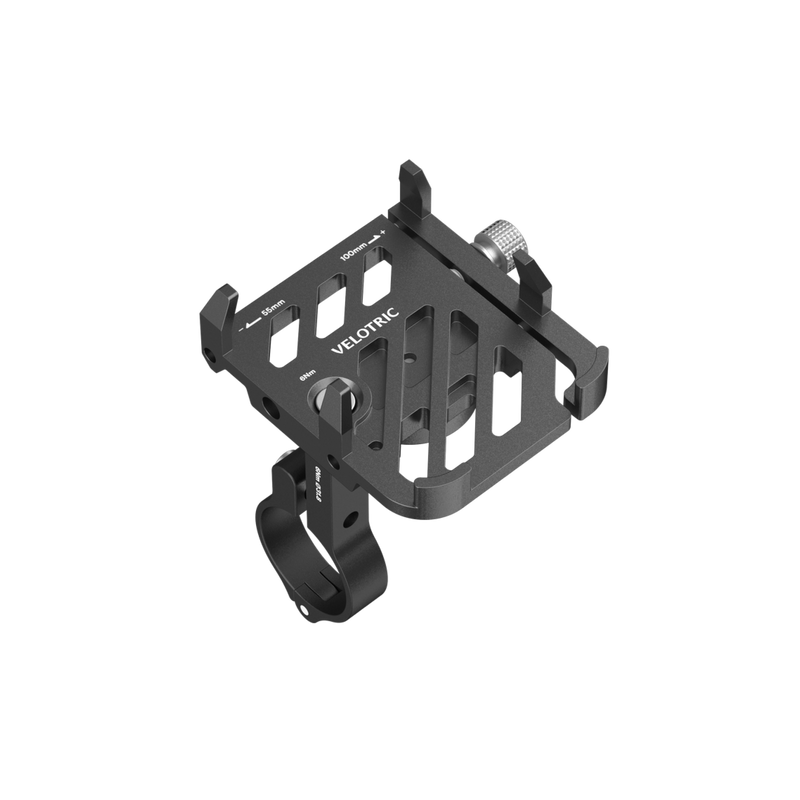With traditional bikes, the standard speed is entirely up to cyclists and how they pedal to determine velocity and movement. Biking slow or fast is based entirely on energy level output.
When it comes to electric bikes, there’s more to it. Electric-assist bikes, such as ebikes, do not work like traditional bicycles. Ebikes are designed to make pedaling easier and help you move faster with less effort. The speed of an electric bike is determined by the wattage of its motor and how much current it draws from the battery.
In this guide, we'll discuss the factors that affect the speed of an electric bike, the different types of ebikes available, and how fast each type can go. Let’s get started!
How Fast Do Electric Bikes Go
Most electric bikes are limited by their wattage and the amount of power they draw from the battery. The average ebike can go as fast as 20 mph, though some are designed to go even faster with a maximum speed of 28 mph.
Ebike cyclists typically use a power rating of 250 to 350 watts. Ebikes are restricted to a maximum wattage of 250 in Europe, but in the United States, you can legally use an e-bike that produces up to 750 watts. The wattage of your electric bike and the type of terrain you navigate determines how fast your ebike can go.
For example, an ebike with a 250-watt motor is suitable for flat roads and short distances. If you need to climb steep hills or travel longer distances, a higher-watt motor would be better suited for the job.
The Velotric Discover 1 features a 500-watt (900W) performance motor with a 48V, 692Wh battery. This makes it highly versatile: great for commuting around town or riding on beaten dirt paths surfaces.
The Velotric Nomad 1, on the other hand, features a 750-watt (peak 1,200W) performance motor with a 48-volt, 691.2Wh battery that charges in 6 hours and provides up to 55 miles of range. This makes the Nomad 1 great for challenging terrain, uphill climbs, and long-distance rides.
In addition to wattage, the weight of the rider and cargo carried can affect how fast an electric bike can go. Heavy riders may need to select a more powerful motor with a higher wattage rating in order to reach their desired speeds.
Read More: Long Range Ebike: How Far Can You Really Go?
Classes of Electric Bikes
-
Class 1: 20 mph with only pedal-assist
Class 1 electric bikes have a motor that only starts once you begin pedaling. The bikes in this category have a pedal-assist mode. This means that your bike cannot operate solely by electricity, and you must put in some pedaling effort to get rolling.
Under this classification, electric bikes are limited to 20 mph, and the maximum motor wattage is 750W. With Class 1 electric bikes, you can ride for a longer period of time before needing to recharge the battery due to their efficiency.
-
Class 2: 20 mph with pedal assist and a powerful throttle function
Class 2 ebikes also have a speed limit of 20 miles per hour. However, the drive system on Class 2 ebikes can be activated by either pushing a button or twisting the throttle, which is typically located on the handlebars.
Bikes with both pedal assist and throttles are classified under Class 2. You can ride at 15 miles per hour on complete electric power or use the pedal assist to boost your speed up to 24 miles per hour. Class 2 ebikes are commonly used across the globe and beneficial for riders who need a little extra boost on long rides, uphill climbs or dirt paths.

-
Class 3: 28 mph with only pedal-assist
Electric bikes in this category may not need throttles, but they come with more powerful motors. Class 3 ebikes typically have a 750W motor, allowing you to travel at speeds up to 28 mph.
Class 3 electric bikes are held to different rules and regulations compared to other types of electric bikes. Because Class 3 ebikes can generate a considerable amount of speed, only those aged 17 and up are allowed to ride them. Depending on your location, you might also need a motor license or other requirements in order to use a Class 3 electric bike.

Electric Fast Bike: How Fast Can you Legally Travel?
In the United States, the legal speed limit for electric bikes depends on the class of your ebike. Generally speaking, Class 1 and 2 bikes are limited to 20 mph, while Class 3 ebikes can go up to 28 mph. These bikes can be used legally on bike lanes.
|
Ebike Class |
Max Speed (US) |
Max Speed (EU) |
|
Class 1 (Pedal-assist) |
20 mph |
25 km/h |
|
Class 2 (Throttle-only) |
20 mph |
25 km/h |
|
Class 3 (Speed Pedelec) |
28 mph |
45 km/h |
When it comes to how fast you can legally travel on an ebike, it’s important to remember that these limits exist for your safety and the safety of those around you. Always check your local laws before riding an electric bike, and always wear protective gear to minimize the risk of injury.
It’s worth noting that most manufacturers rate their bikes based on tests done under ideal conditions, so don’t be surprised if your ebike doesn’t reach the speed specified on its label.
What Class is Right for You?
Ebikes are not only a faster mode of transportation in comparison to traditional bicycles, but they also require less effort by the cyclist. With an electric bike, you can get to your destination quickly without breaking a sweat. Plus, you'll still be reaping the fitness benefits that come with biking.
Though your ebike may be equipped to go at high speeds and travel long distances, adhere to the rules and regulations that are in place. Stick to the legal speed limits for your class of bike and always wear safety gear in order to keep yourself safe.
Don't have an ebike yet? Shop at Velotric now and find the perfect electric bike for you!





































